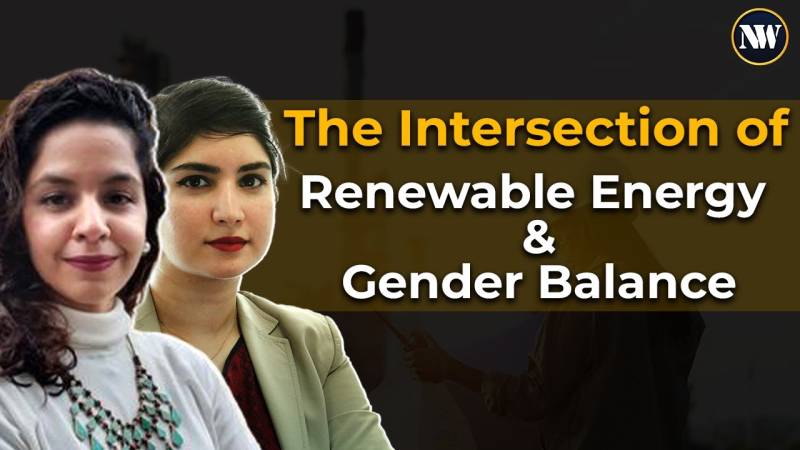The global energy landscape is undergoing a significant transformation as societies increasingly shift towards cleaner and more sustainable sources of power. This transition to renewable energy not only addresses environmental concerns but also holds the potential to drive societal change, particularly in terms of gender balance and inclusivity. In a recent interview, Maha Kamal and Namira Hamid, key figures in the Women in Energy initiative, shed light on the intersection of renewable energy and gender equity, highlighting the positive impact that a just transition can have on creating a more balanced and sustainable future.
One of the key takeaways from the conversation is the evident passion of younger women for climate action and clean energy transition. Maha notes that the younger generation is more actively engaged and enthusiastic about contributing to a sustainable future. This enthusiasm is particularly pronounced in the realm of renewable energy, where young women are stepping up as agents of change. The energy sector has traditionally been male-dominated, but this dynamic shift is indicative of a more inclusive and promising future.
Namira points out a compelling trend: the just transition to renewable energy aligns with gender balance. Studies from the International Renewable Energy Agency (IRENA) reveal that the renewable energy sector employs a higher percentage of women compared to the fossil fuel industry. This is a significant departure from the past, suggesting that a shift towards cleaner energies can serve as a catalyst for greater gender equity. As the world pivots towards greener alternatives, women are finding increased opportunities and representation in sectors that are integral to shaping a sustainable planet.
Both Hamid and Kamal emphasize the importance of a bottom-up approach in achieving sustainable gender balance. Top-down targets can be effective, but they might lack the necessary normative change that cultivates a culture of inclusion and retention. Kamal highlights the role of Women in Energy in addressing this challenge through targeted strategies. The initiative collaborates with various stakeholders, including companies, academia, and institutions like the World Bank, to foster a more balanced representation of women across all levels. By identifying specific gaps and setting tailored targets, Women in Energy aims to create a more inclusive energy sector from within.
Namira Hamid's insights underscore the significance of role models in leadership positions as catalysts for gender equity. She highlights the importance of leadership representation to inspire and motivate women at all levels. Studies have shown that having women in high-level positions serves as a tangible example of what is achievable, fostering a sense of belonging and empowerment. These role models not only fill quotas but also contribute to a cultural shift that normalizes gender balance and inclusivity within organizations.
To address the skills gap in the renewable energy sector, both Kamal and Hamid offer insights into potential solutions. Kamal mentions the World Bank's "We Power Initiative," which focuses on building technical skills through workshops and fellowship programs. These initiatives aim to empower women with the expertise needed to excel in a rapidly evolving industry. Moreover, Rahman highlights the importance of partnerships with academia to ensure a continuous pipeline of skilled professionals. By working closely with universities, Women in Energy can contribute to curriculum design and reskilling efforts that align with the evolving demands of the sector.
The conversation also delves into the concept of the "just transition," where climate action is combined with social and economic justice. Both Kamal and Hamid recognize the synergy between the just transition and gender balance. The transition to cleaner energies inherently fosters a more inclusive and equitable society. As the energy landscape evolves, it provides a unique opportunity to address historical imbalances and create a future where both environmental and gender considerations are harmoniously integrated.

